views
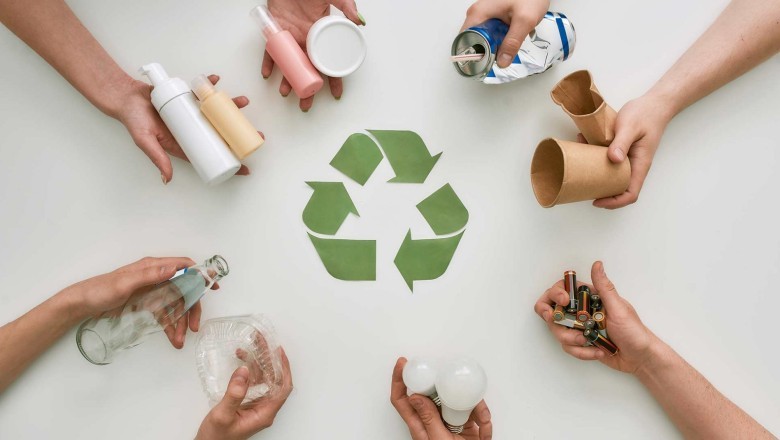
The Rise of Upcycling: Transforming Waste into Wearable Art
In an era where sustainability and environmental consciousness are more crucial than ever, upcycling has emerged as a revolutionary trend. Upcycling, the process of transforming waste materials into new, high-quality products, has taken the fashion world by storm. This practice not only reduces waste but also encourages creativity and innovation, resulting in unique and wearable art. This article explores the rise of upcycling in fashion, its impact on the environment, and how it transforms waste into wearable art.
The Concept of Upcycling
Upcycling differs from recycling in that it involves creatively reusing materials without breaking them down into their base elements. Instead of melting down plastic bottles to create new ones, upcycling might involve turning those bottles into a stylish handbag or an item of clothing. The goal is to give old materials a new life, often with a higher value than the original product.
Historical Context
The concept of upcycling is not entirely new. During periods of scarcity, such as the Great Depression and World War II, people often repurposed old items out of necessity. However, in recent years, the movement has gained momentum as a response to the environmental and social impacts of fast fashion. The growing awareness of the fashion industry's massive carbon footprint and its contribution to landfill waste has led to a resurgence of interest in more sustainable practices.
Environmental Impact
The fashion industry is one of the largest polluters in the world. It accounts for about 10% of global carbon emissions and produces 92 million tons of waste annually. Upcycling offers a solution to this problem by reducing the need for new raw materials and decreasing the amount of waste that ends up in landfills. By reusing existing materials, upcycling helps to conserve resources, save energy, and reduce greenhouse gas emissions.
Creative Innovation
One of the most compelling aspects of upcycling is the creative innovation it fosters. Designers are challenged to think outside the box and find new uses for discarded materials. This creativity leads to the creation of one-of-a-kind pieces that stand out in a world of mass-produced fashion. From turning old denim jeans into trendy jackets to repurposing vintage silk scarves into elegant dresses, the possibilities are endless.
Upcycling in Fashion
The fashion industry has embraced upcycling in various ways. Many designers and brands now incorporate upcycled materials into their collections. Some of the most notable examples include:
-
Stella McCartney: Known for her commitment to sustainability, Stella McCartney has incorporated upcycled materials into her designs. She uses recycled polyester made from plastic bottles and regenerated cashmere from old garments.
-
Re/Done: This brand specializes in taking vintage Levi’s jeans and transforming them into modern fits. Each pair is unique, reflecting the wear and history of the original jeans.
-
Patagonia: The outdoor clothing company Patagonia has long been a pioneer in sustainable fashion. They offer a program called Worn Wear, where customers can trade in their old Patagonia gear for store credit. The returned items are then refurbished and resold.
-
Zero Waste Daniel: This brand creates zero-waste fashion by using fabric scraps from New York’s garment industry. The pieces are colorful, patchwork creations that make a bold statement.
Upcycling in Everyday Life
Upcycling is not limited to high fashion. Individuals can also incorporate upcycling into their everyday lives. DIY projects, such as turning old t-shirts into tote bags or using scraps of fabric to make quilts, are accessible ways for people to participate in the movement. Social media platforms like Pinterest and Instagram are filled with tutorials and inspiration for those looking to start their own upcycling projects.
The Future of Upcycling
As the movement grows, so does the potential for innovation. Advances in technology are making it easier to upcycle materials that were previously difficult to repurpose. For example, companies are developing methods to upcycle complex materials like blended fabrics and multi-layered plastics. Additionally, collaborations between fashion brands and waste management companies are paving the way for more efficient and scalable upcycling processes.
Consumer Awareness and Demand
Consumer awareness and demand for sustainable fashion are driving the upcycling movement. As more people become conscious of the environmental and social impacts of their purchasing decisions, they are seeking out brands that prioritize sustainability. This shift in consumer behavior is encouraging more brands to adopt upcycling practices and promote their eco-friendly initiatives.
Challenges and Opportunities
While upcycling offers many benefits, it also presents challenges. Sourcing consistent and high-quality waste materials can be difficult, and the labor-intensive nature of upcycling can make it more expensive than traditional manufacturing processes. However, these challenges also present opportunities for innovation. As the demand for upcycled products grows, so will the infrastructure and technology needed to support large-scale upcycling.
Conclusion
The rise of upcycling in the fashion industry represents a significant step towards a more sustainable and creative future. By transforming waste into wearable art, upcycling reduces the environmental impact of fashion and promotes a culture of innovation and resourcefulness. As consumer awareness and demand for sustainable fashion continue to grow, the upcycling movement will likely expand, bringing with it new opportunities and challenges. Ultimately, upcycling not only helps to address the urgent issue of waste but also inspires a more thoughtful and conscious approach to fashion.


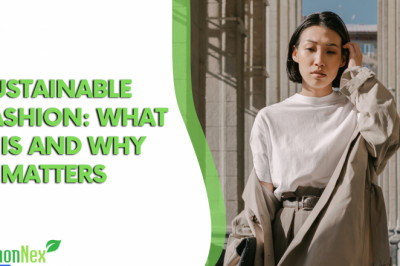
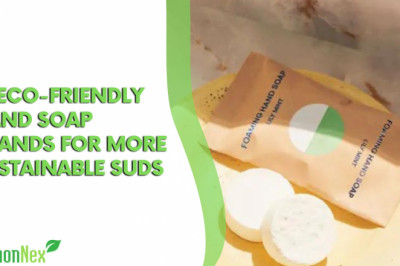

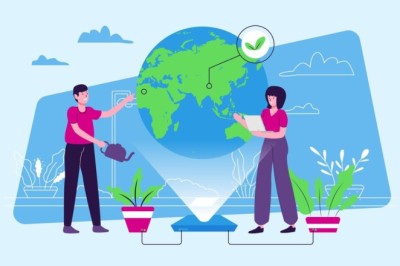
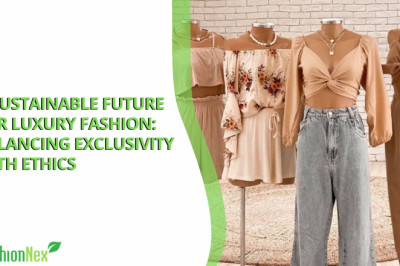

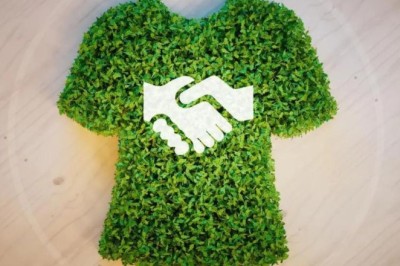
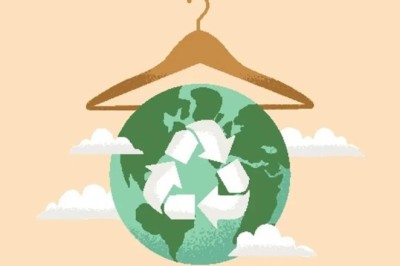
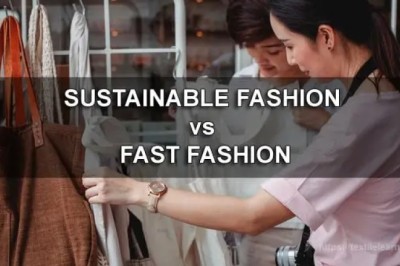
Comments
0 comment